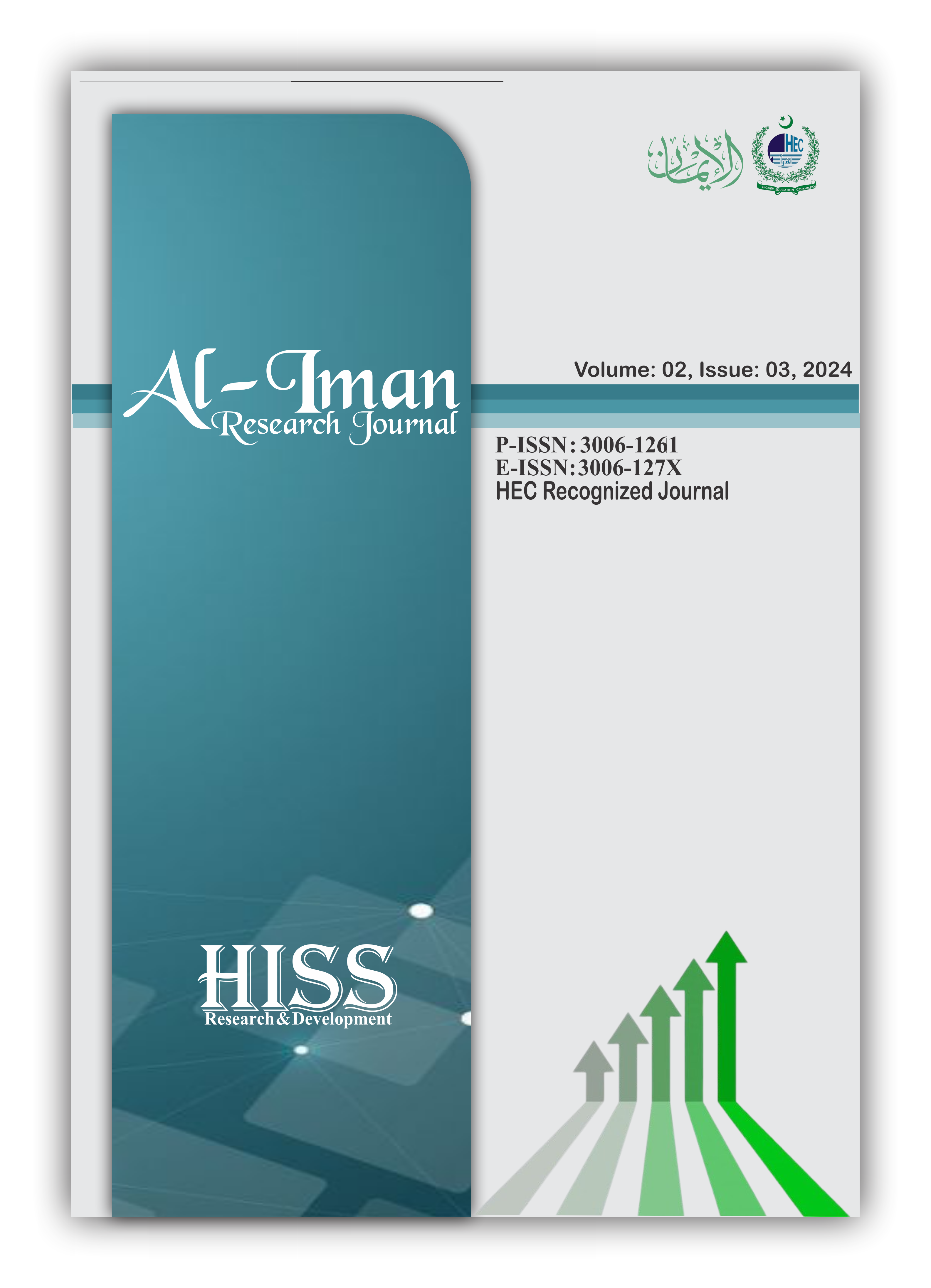Enhancing Educational Resilience: A Disaster Preparedness Assessment Tool for Educators Aligned with the Pakistan School Safety Framework and Sustainable Development Goals
Keywords:
Pakistan School Safety Framework, Sustainable Development Goal, Secondary School Teachers, Disaster Preparedness, Disaster ManagementAbstract
In this particular exploration study, the primary goal was to make a tool for successfully evaluating the degree of calamity readiness among teachers. To achieve this, the researcher depended on the Pakistan School Safety Framework (PSSF) and Sustainable Development Goals (SDGs) as the establishment for their evaluation instrument. The review included managing a 27-variables to a sum of 320 teachers, including 158 male and 162 female instructors. The research instrument was verified by three subject matter experts before the collection of data for factor analysis. The KMO test was carried out for the appropriate of data for factor analysis. The KMO value was 0.7, which indicated sample appropriateness for data analysis. Through the use of factor analysis, the researchers were able to identify seven key factors that are crucial in evaluating the disaster preparedness of school teachers. These factors encompassed a wide range of aspects, including virtual education and disaster management, knowledge of local risk, safe and secure school building infrastructure, school disaster management spectrum, virtual education and teacher’s readiness, disaster management training and learning, general information, and quick response. The resulting tool, known as the “Comprehensive Disaster Preparedness Assessment (CDPA), “was found to be both valid and reliable for assessing disaster preparedness among school teachers. The researchers implemented rigorous factor analysis methods to validate the effectiveness of the tool. This comprehensive approach ensures that the CDPA effectively measures the disaster preparedness of school teachers.






